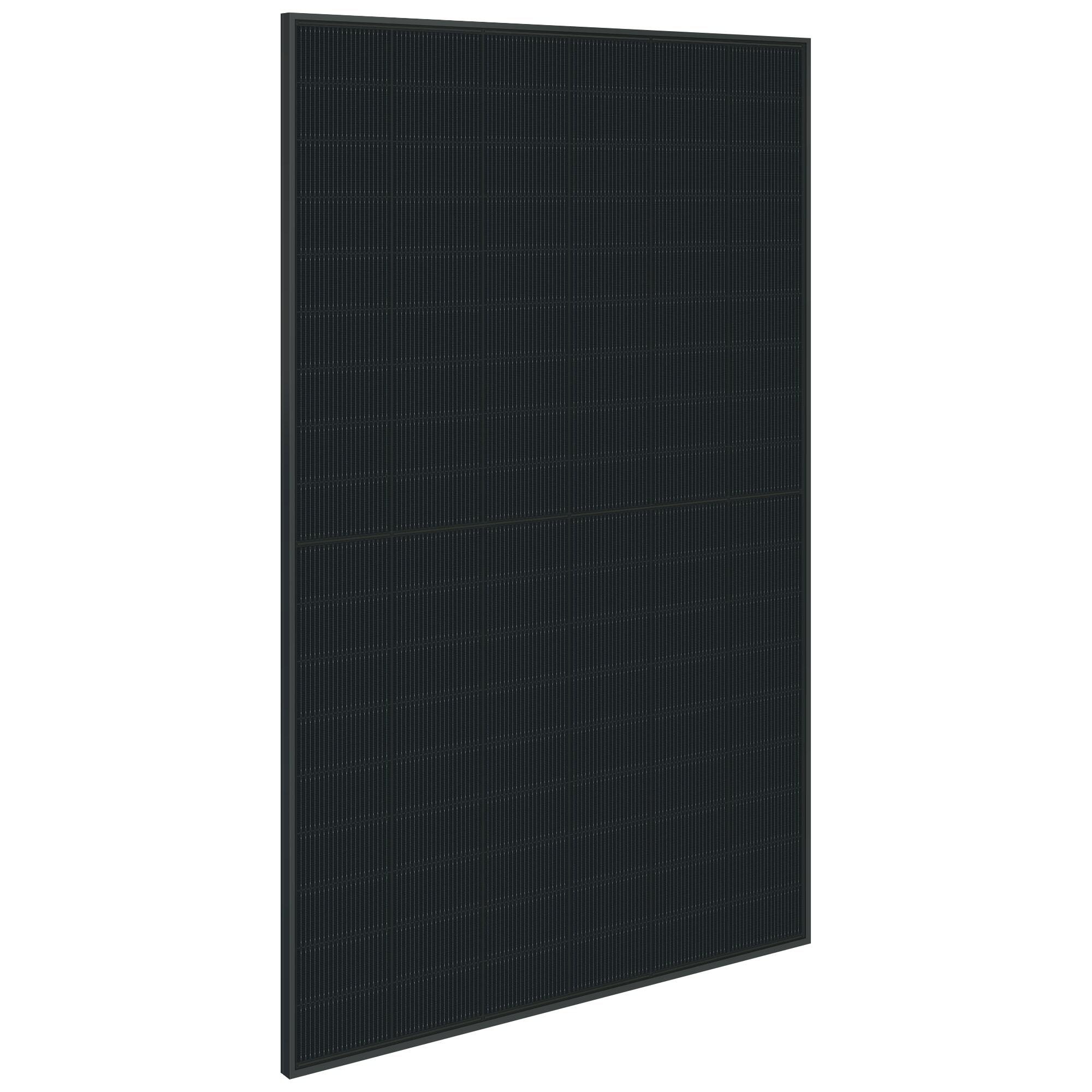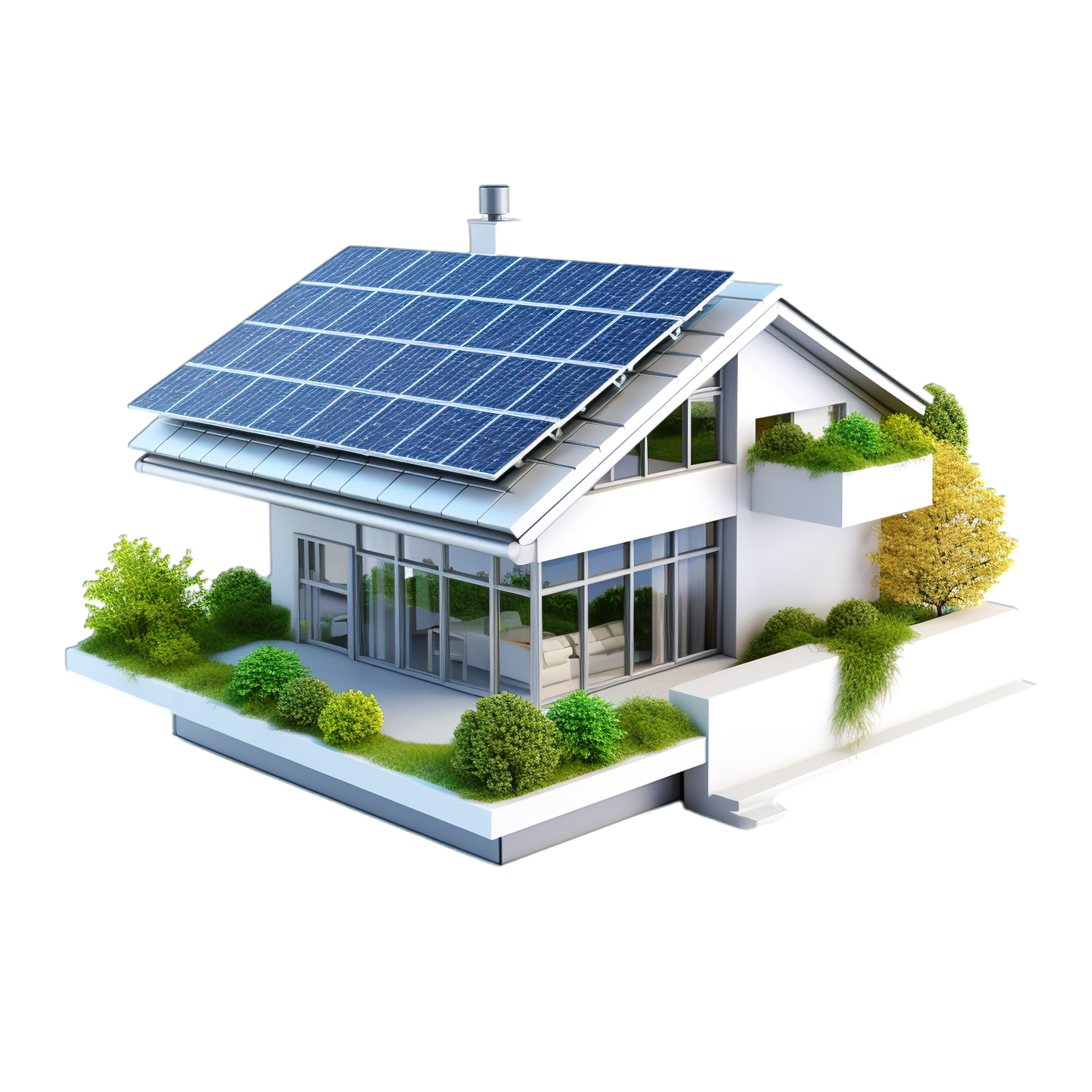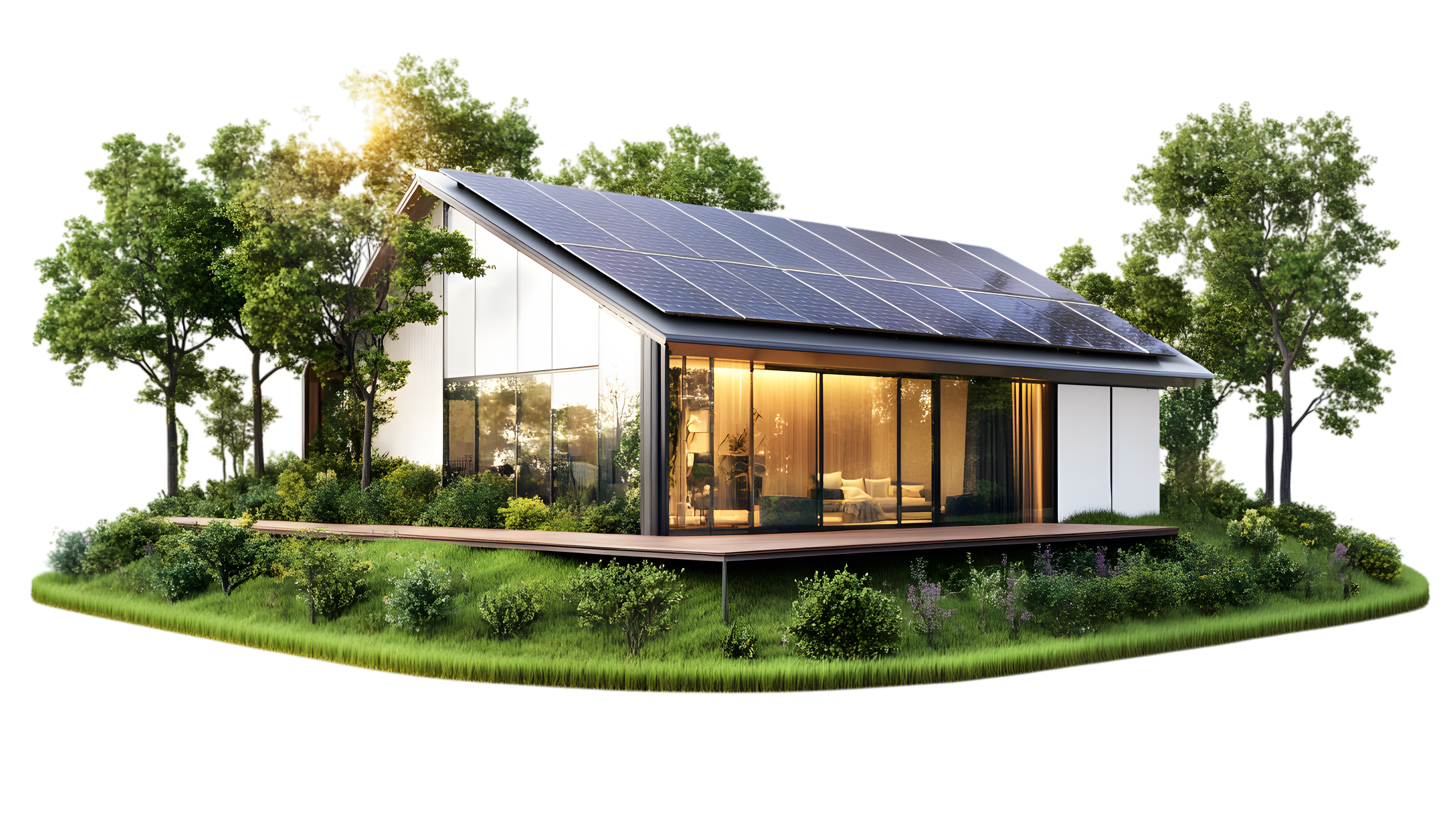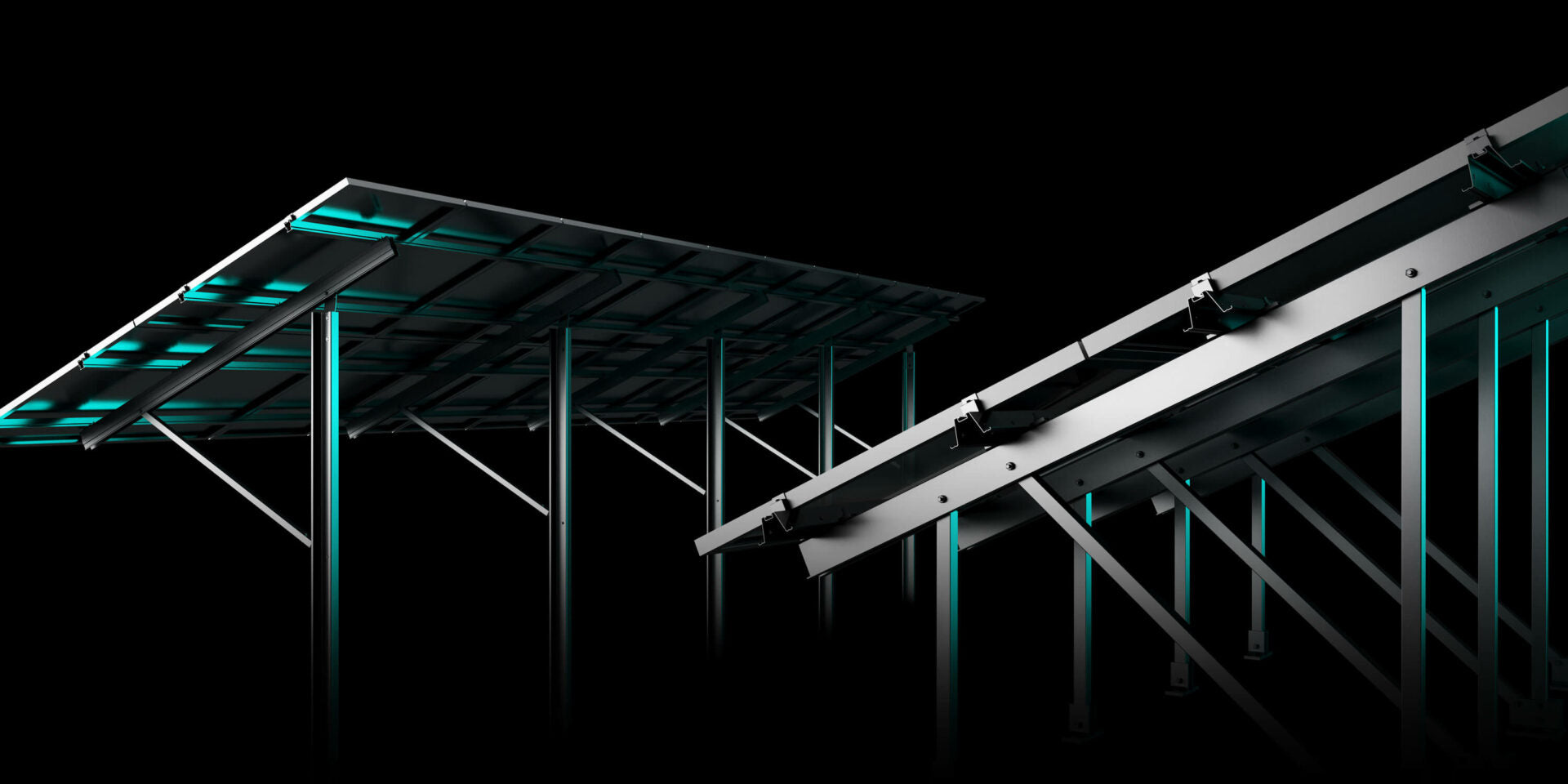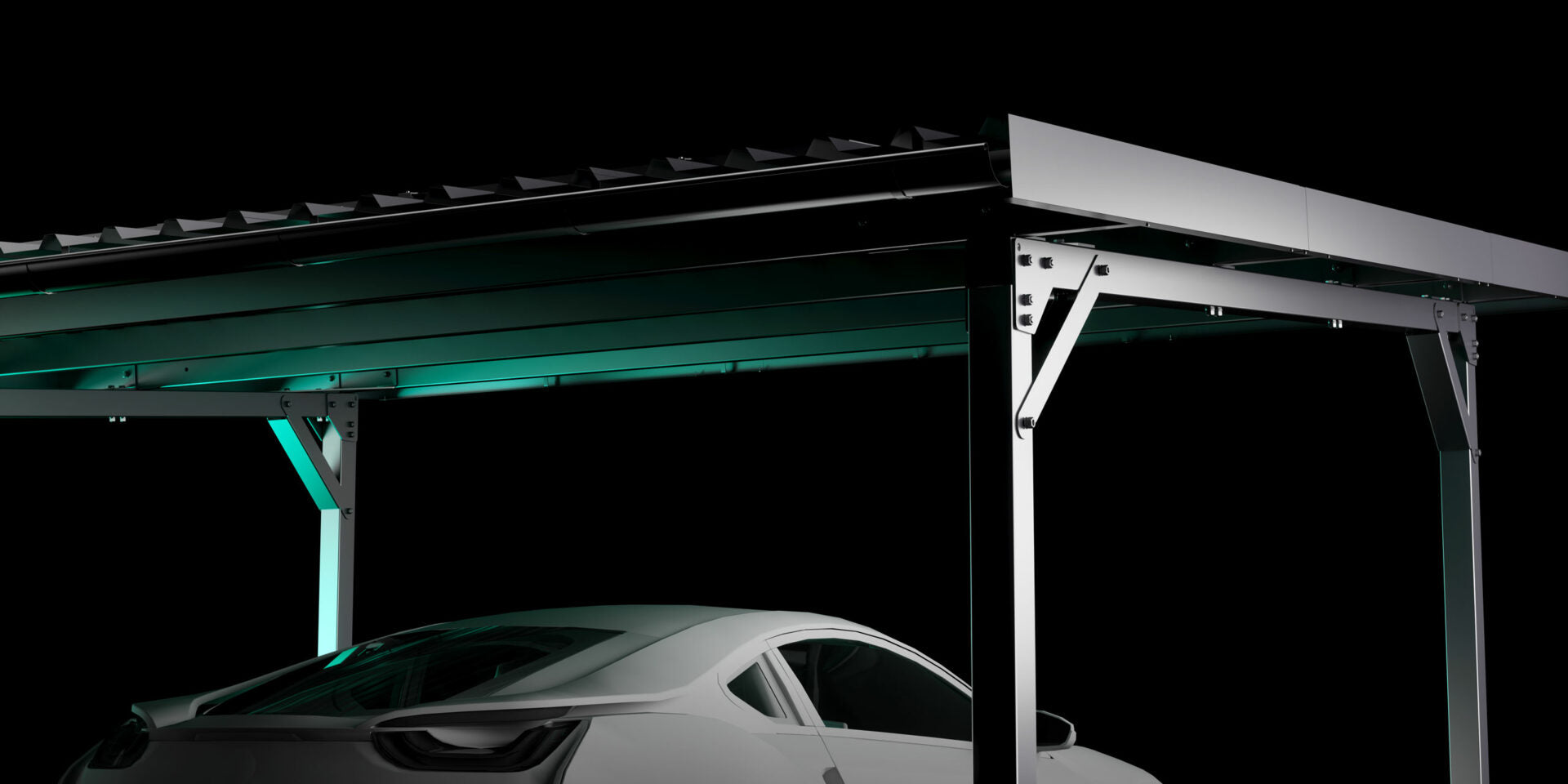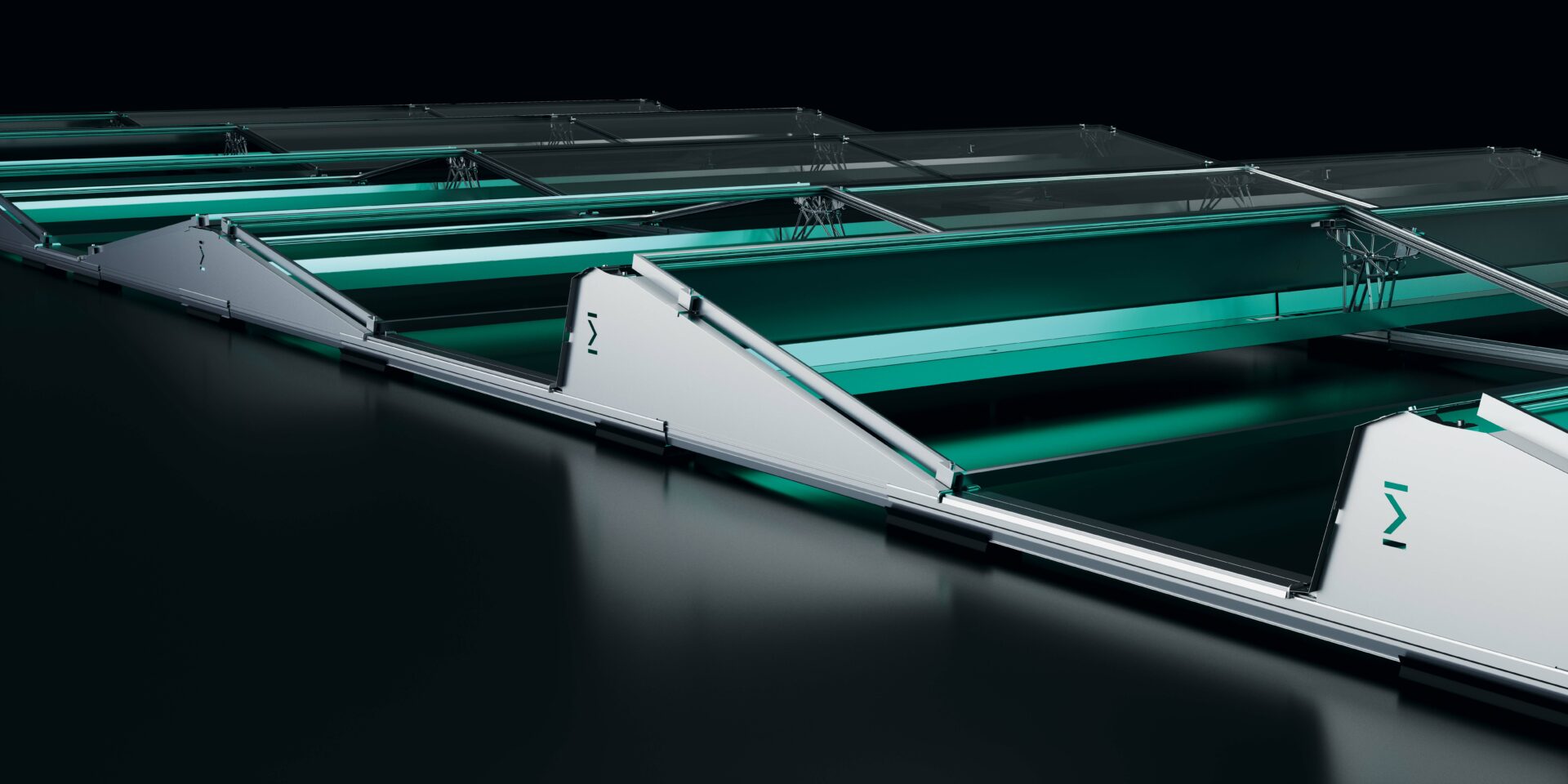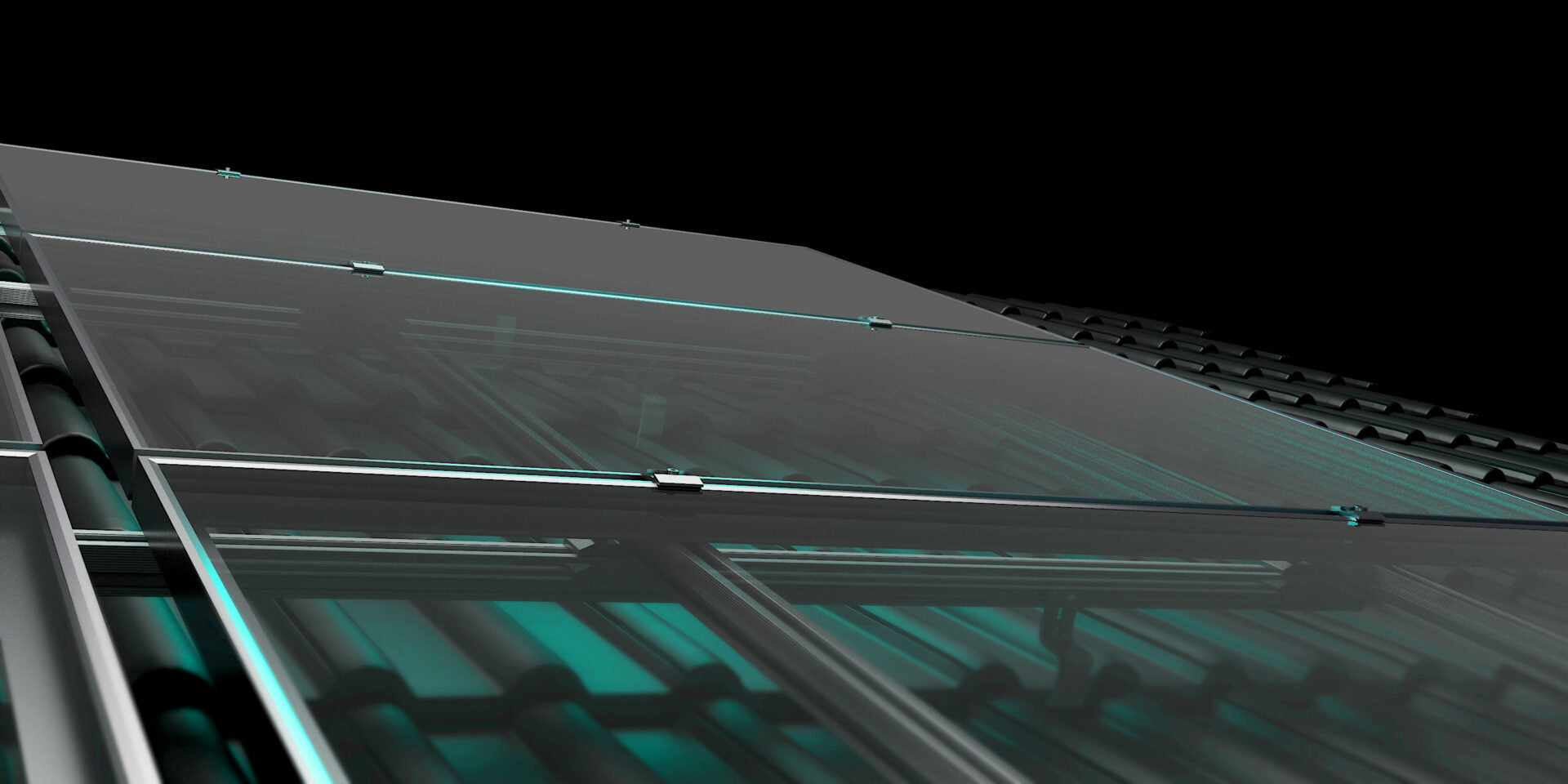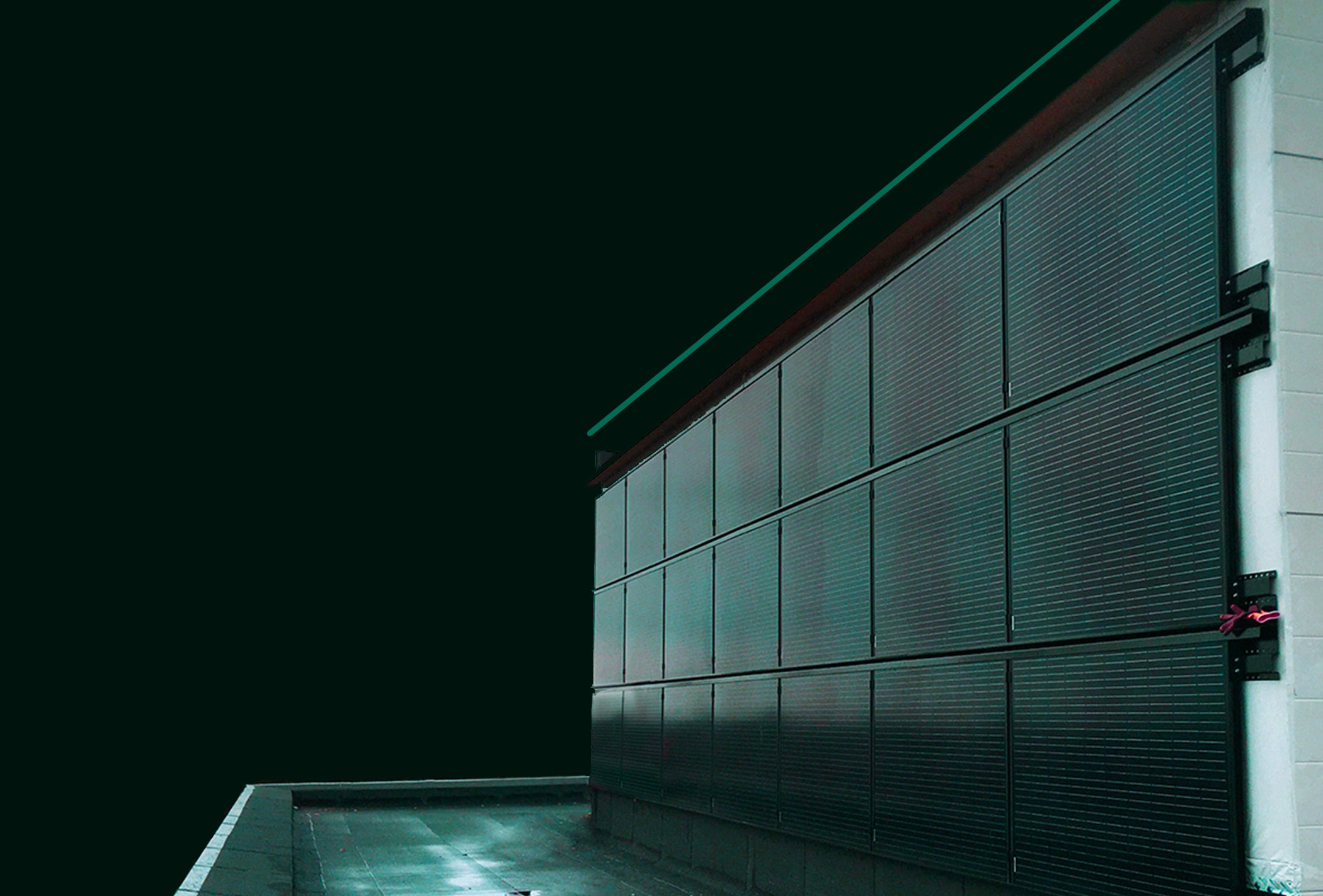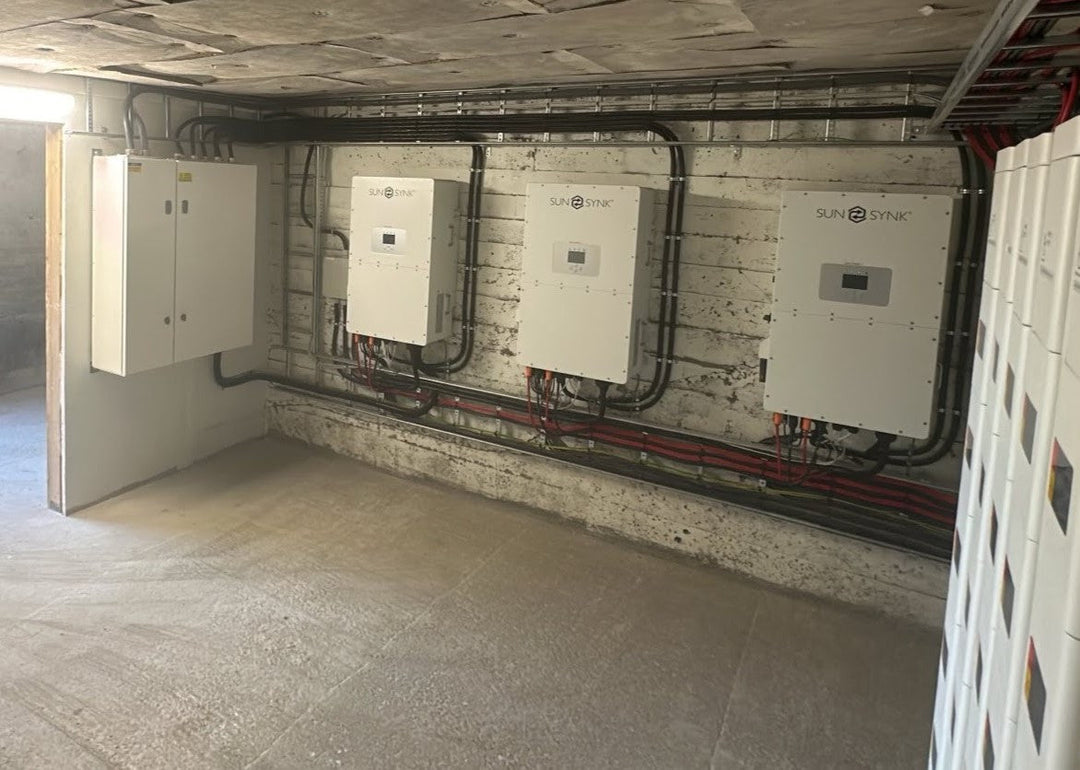Batteriets rolle i energimiksen
Energy storage is often downplayed by many self-proclaimed experts, and "it's not profitable" is a common refrain. To assess whether it is profitable for your business to invest in a battery, one must first look at the current and future electricity needs of the individual business. Many companies have an increasing electricity consumption, so planning should also consider future requirements.
Do we have enough capacity for the operations we conduct today and in the near future? That is a question all business leaders should ask themselves. Today, the demand for electrical power is almost increasing from day to day, and obtaining the desired power, when and how you want it, is not guaranteed. There are significant challenges today in providing enough capacity for Norwegian businesses. The transition to exclusively electrical power and the increasing use of electric vehicles in Norwegian industry challenge power availability and the power tariff for Norwegian businesses.
It is often said that time is money. This also means that reduced charging time for vehicles is essential for Norwegian businesses. With a battery as part of the energy mix, as a business leader, you have the opportunity to manage flexibility differently. Obtaining more power from the local power company can take several years, and there is often a need for a new transformer if you require more power. A new transformer and new cables are expensive, and it is the customer who foots the bill – in other words, your business. With a battery, you can reduce power peaks and perhaps manage with the power you already have in existing power cables.
Most businesses experience fluctuations in electricity consumption throughout the day, and with a battery, you can smooth out the peaks and probably also reduce the need for expanding more power for your business. Reducing power peaks results in a lower electricity bill. Grid fees are currently part of the electricity price, and grid fees are expected to rise in the coming years. This is 100% certain considering the planned investment of over 100 billion Norwegian kroner in the Norwegian power grid. The current grid fee is about 40 øre nationwide.
Some businesses generate more solar power on their own roofs than they use in real-time. In such cases, you can store electricity in your own battery for the hours of the day when there is no solar power production. This is perfect for distribution warehouses with large flat roofs and relatively low electricity consumption. Many distribution warehouses see that they will need more power in the coming years, and solar panels and batteries are a good solution. Power peaks will increase when many vehicles charge simultaneously. Batteries are already part of the energy mix today, so it is entirely possible to address the challenges that businesses are facing.




